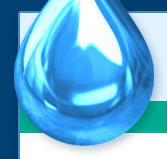The term evaporative dry eye is often used when making a simple distinction between two general types of dry eye: failure of the lacrimal glands to produce enough aqueous tears, and failure to achieve proper eye "wetting" because an unstable tear film, rapid evaporative loss etc.
Evaporative dry eye is commonly associated with deficiency of the lipid layer of the tear film (which exists to protect the aqueous tears from evaporating too rapidly). This can be the result of blepharitis, meibomian gland dysfunction or related conditions. When the lipid layer is poor, the tear film becomes particularly vulnerable to other adverse conditions such as climactic factors, wind, heating/air conditioning, etc.
The term evaporative dry eye is sometimes used too broadly for all dry eye conditions excluduing aqueous deficiency. |



